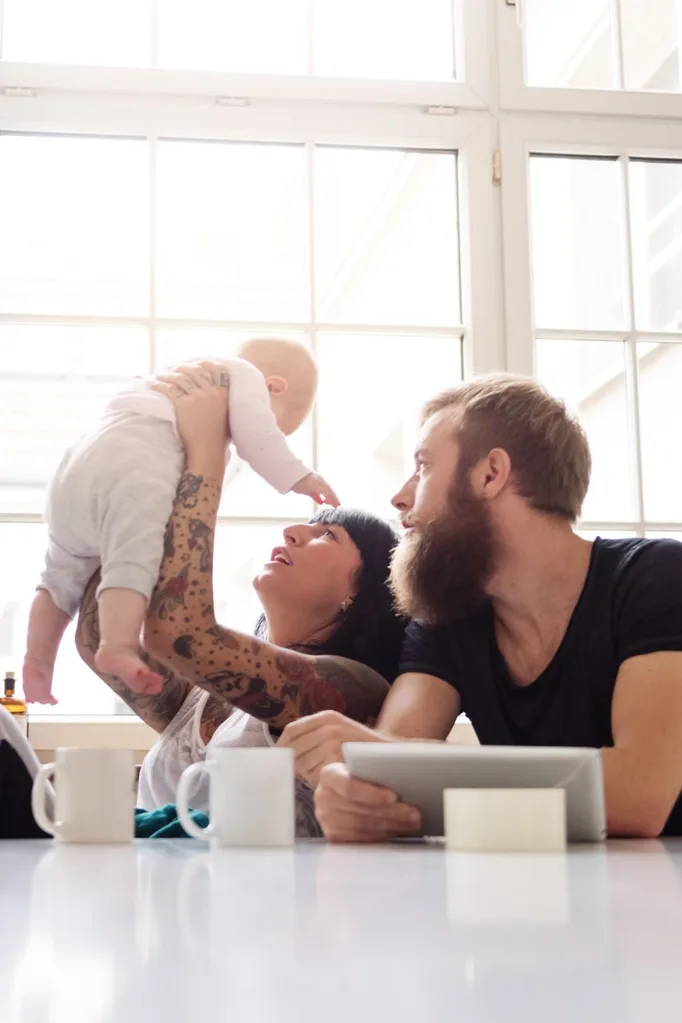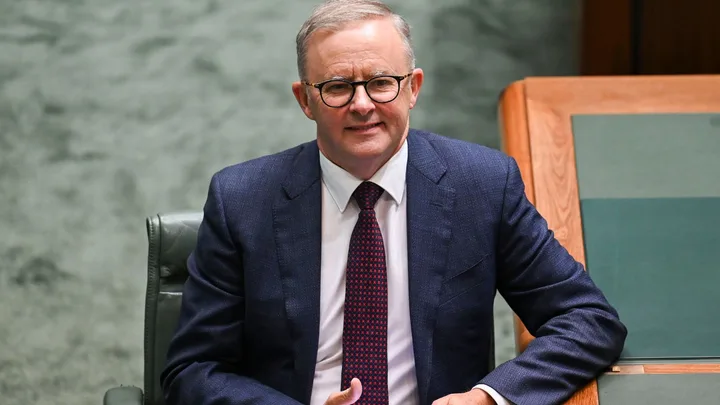Anthony Albanese has been aiming to increase paid parental leave since the start of his Prime Ministership, and we’re now a step closer to that goal.
New laws were proposed in parliament today, where parents will be able to access 26 weeks (6 months) of paid parental leave with each child by 2026.
While this is a major milestone that brings Australia closer to our international peer’s standards (The UK offers 39 weeks, while Canada offers 40 weeks), superannuation payments will not be included in the allowance, leaving primary carers, predominantly women, worse off for having children.

For reference, we recently reported that on average, women face a nearly $100,000 superannuation deficit at retirement compared to men. Maternity leave is a major part of this (if a mum decides to take six months off with her first baby, she will miss out on $9,000 of super by retirement, while two babies equates to $18,000 and so forth.)
Yet, there’s no denying that expansion to paid parental leave is a win, and is expected to be accessed by around 180,000 families every year.
How Much Maternity Leave Can You Take Now?
New parents with a child born from July 1, 2023, can apply for up to 20 weeks of leave. By July next year, this will have increased to 24 weeks.
The number of weeks allowed will continue to increase incrementally. In July 2025, it will go up to 24 weeks and reach the final 26 weeks figure by July 2026.
The paid leave is only allowed to be taken if a parent is not already getting paid leave from their workplace.
Do I Have To Share My Government Maternity Leave With My Partner?

Under the new rules, all 26 weeks cannot be used by one parent alone. There are designated weeks that must go to the second parent, as the policy aims to encourage both parents to take leave.
In 2024-2025 financial year, the partner taking lesser majority of leave can take two weeks of paid parental leave. There is a ‘use it or lose it’ rule in place that ensures these two weeks are not transferred to the partner taking more leave.
By July 2025, three weeks of the 24 allotted weeks go to the second parent. From July 2026, four weeks of the 26 weeks must be taken by the second parent.
It is hoped that by enforcing the use-it-or-lose-it scheme, more second parents, often dads, will feel encouraged to actually take parental leave.
The Women’s Economic Equality Taskforce advised Finance Minister Katy Gallagher: “Our assumption, that is supported by the research, is that women will take most, if not all the 18 weeks, and reserved leave for fathers/partners sends important signals about the importance of fathers as caregivers too.”
Another of their recommendations advised increasing paid parental leave to 52 weeks, but the government settled on 26 weeks in their proposed law.
A single parent is the only exception to the shared parental leave rule, with them being allowed to take the full 26 weeks of allotted leave when eligible.
Co-parents can choose to split the leave more equally between the two of them if they wish.
Why Is Women’s Superannuation Being Overlooked?
While the proposed law changes are music to the ears of most young families, there has been some disappointment about the lack of superannuation support.
Supporters wanted the government to include superannuation payments to close the retirement gap between women and men. Social Services Minister Amanda Rishworth told the ABC that pressures in the budget prevented the government from being able to fulfil this request.
Is Paid Parental Leave Income Based?

Yes, there is an income test on paid parental leave. The full 26 weeks is allotted to parents that earn less than $350,000 combined.
If the combined income is higher, most of the leave can still be given to one of the parents as long as they earn less than $168,865. This is the same figure used in the means test for single parents.
There are other eligibility tests, including that parents must have worked 10 out of 13 months before their child is born or adopted. Some exceptions apply.
What Does More Paid Parental Leave Mean For Parents?
While there are drawbacks with the overlooking of superannuation, there is no denying that increases to paid parental leave are a win for parents.
It’s also great that there is such a focus on both parents taking leave, setting up a more equal parenting culture from the start.










